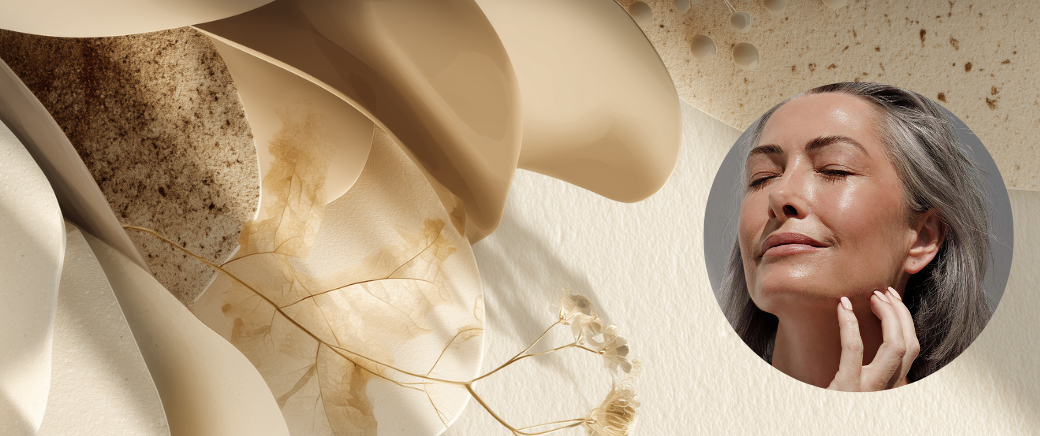
How to Build a Minimalist Skincare Routine
A minimalist skincare routine focuses on using fewer but highly effective products to maintain a healthy skin barrier. It’s about simplifying your routine while still addressing your skin’s basic needs: cleansing, moisturizing, and protecting. If you’re looking to reduce the number of essential products you use without compromising results, here’s a step-by-step minimalist skincare routine guide to building an efficient, simple skincare routine for healthy skin.
1. Assess Your Skin Type and Needs
Before creating a minimalist skincare routine, it’s important to understand your skin type and specific concerns. Your skincare routine should cater to your skin’s unique needs—whether it’s dryness, oiliness, sensitivity, acne, or fine lines.
- Normal skin: You don’t need too many products—just the basics to maintain a healthy skin barrier.
- Dry skin: Focus on hydration and barrier repair. A skincare routine for dry skin should include hyaluronic acid to replenish moisture and protect against damage.
- Oily skin: Look for products that control oil production and prevent breakouts without over-drying. A routine for oily skin should aim to balance your natural oils.
- Combination skin: Balance products to target both dry and oily areas.
- Sensitive skin: Choose gentle skincare products for sensitive skin, avoiding harsh chemicals or fragrances that can exacerbate skin conditions.
2. Keep It Simple: The Core Steps
A simple skincare routine for healthy skin generally includes just 3 to 5 essential steps. Each step should serve a clear purpose, and the products should be effective on their own without needing additional layers.
Step 1: Cleanser
A gentle, hydrating cleanser is the first step in your daily routines. It removes dirt, oil, and makeup without stripping the skin’s natural oils, which can harm the skin barrier.
- For dry skin: Choose a creamy or hydrating cleanser with ingredients like hyaluronic acid or ceramides.
- For oily skin: A gel-based or foaming cleanser with salicylic acid can help manage excess oil production.
- For sensitive skin: Opt for soothing, fragrance-free cleansers with ingredients like aloe vera or chamomile.
Step 2: Moisturizer
Moisturizing is crucial for maintaining a healthy skin barrier, even if you have oily skin.
- For dry skin: Choose a rich, emollient moisturizer with hyaluronic acid, ceramides, or shea butter to lock in hydration.
- For oily skin: Use a lightweight, oil-free moisturizer or a gel-based formula that won’t clog pores.
- For sensitive skin: Look for high-quality, soothing ingredients like aloe vera or calendula to prevent irritation.
Step 3: Sunscreen (AM Only)
Sunscreen is the most important step in any skincare routine, offering protection from harmful UV rays that accelerate aging and damage your skin barrier.
- Look for the best sunscreen for everyday skincare with SPF 30 or higher.
- For dry skin, hydrating sunscreens containing hyaluronic acid can provide added moisture.
- For oily skin, non-comedogenic, oil-free sunscreens are a must.
Step 4: Treatment (Optional)
If you have specific concerns like acne, pigmentation, or fine lines, you can include one treatment product.
- For acne: Use a product with salicylic acid to exfoliate dead skin cells and prevent breakouts.
- For pigmentation: Brightening serums with vitamin C or niacinamide can help.
- For fine lines: A retinol or peptide serum can improve skin texture and elasticity.
3. Choose Multi-Tasking Products
To keep your routine streamlined, look for high-quality products that serve multiple purposes:
- Cleansing balms that double as makeup removers.
- Moisturizers with built-in SPF, perfect for busy schedules.
- Serums that combine hydration and anti-aging benefits like vitamin C or hyaluronic acid.
4. Stick to Simple Ingredients
Minimalism also means focusing on straightforward, effective ingredients that improve the skin barrier without overwhelming your skin.
- Hydrating ingredients: Hyaluronic acid, glycerin, ceramides
- Soothing ingredients: Aloe vera, chamomile, niacinamide
- Exfoliants: Alpha hydroxy acids (AHAs) and beta hydroxy acids (BHAs) to remove dead skin cells
5. Consistency is Key
In a minimalist skincare routine, consistency matters. Stick to your routine and avoid overloading your skin with unnecessary products.
Example of a simple skincare routine for healthy skin:
AM Routine:
- Cleanser: Gentle hydrating cleanser for your skin type.
- Moisturizer: Lightweight or rich, depending on your hydration needs.
- Sunscreen: The best sunscreen for everyday skincare, suited to your skin type.
PM Routine:
- Cleanser: Removes makeup and dirt.
- Treatment: (Optional) Retinol or an acne treatment.
- Moisturizer: Night cream or oil for hydration.
Benefits of a Minimalist Approach to Skincare
- Time-Saving: A simple skincare routine for healthy skin is perfect for a busy schedule.
- Cost-Effective: Using fewer products makes it a cost-effective way to maintain glowing, healthy skin.
- Less Irritation: Streamlined routines reduce the risk of reactions, especially for sensitive skin.
- Clarity and Consistency: Minimalism encourages sticking to your routine, making it easier to achieve long-term results.
A minimalist skincare routine doesn’t mean sacrificing quality or results. By focusing on the essentials—cleansing, moisturizing, and sun protection—you can build an effective skincare routine for glowing skin using fewer products.




